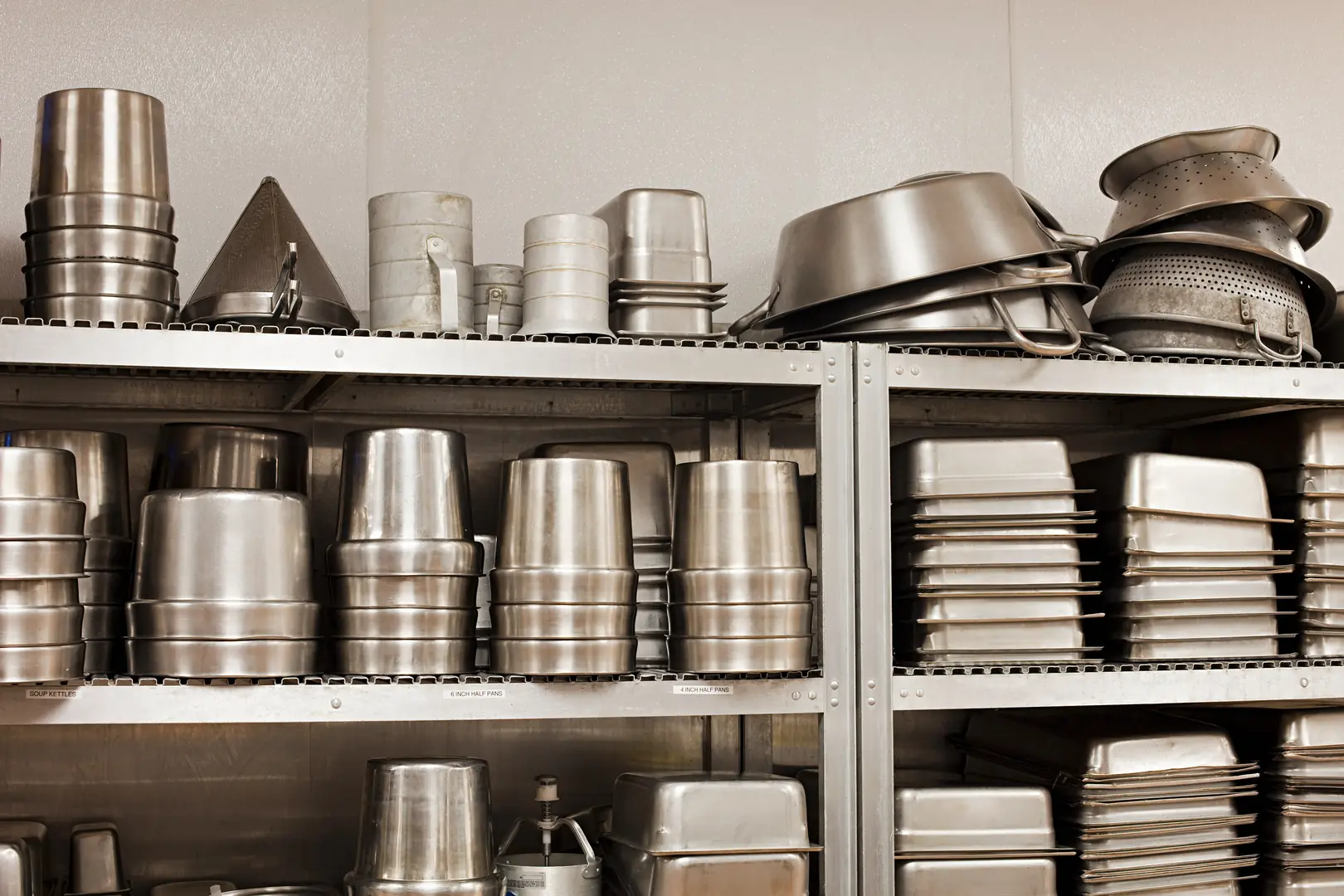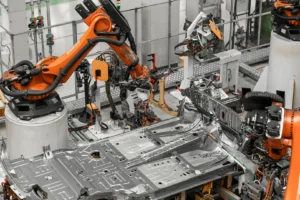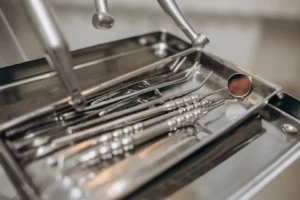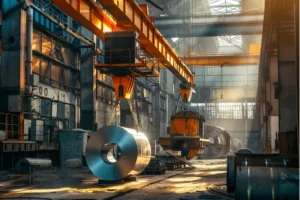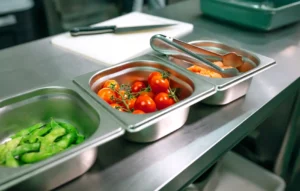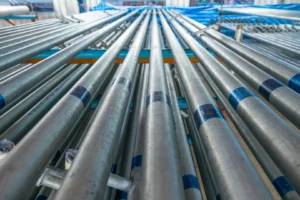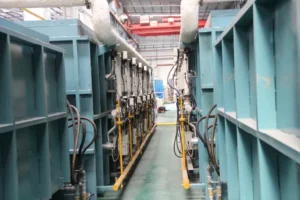Ultimate Guide to Stainless Steel Grade Selection: For Pipe & Coil Applications
Choosing the wrong stainless steel grade can lead to costly failures. The complexity of options is overwhelming. We'll guide you to the perfect selection for your specific needs.
Selecting the ultimate stainless steel grade involves a detailed analysis of corrosion resistance, mechanical properties, fabrication requirements, and total lifecycle cost. The goal is to balance performance needs with budget constraints for optimal longevity and efficiency in pipe and coil applications.
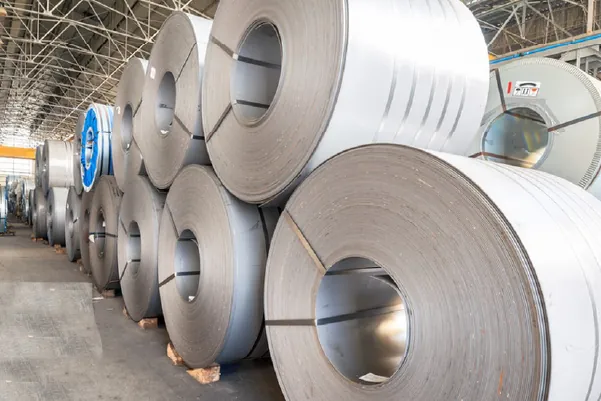
Making the right choice from the outset is more than a technical decision; it's a strategic business move. As the Global Business Director at MFY, I've seen firsthand how a well-chosen grade can define a project's success, while a poor choice can lead to unforeseen expenses and operational headaches. The goal isn't just to buy steel; it's to invest in a material solution that delivers reliability and value for years to come. Let's break down how you can navigate this critical process with confidence.
What are the key factors to consider when selecting stainless steel grades for pipe and coil applications?
Overlooking a single factor can compromise your entire project. The variables seem endless and confusing. Focus on four key areas: environment, mechanics, fabrication, and cost.
The key factors are the service environment (corrosion), required mechanical properties (strength, ductility), fabrication processes (welding, forming), and the total cost of ownership, not just the initial purchase price. A holistic view is essential for a successful selection.
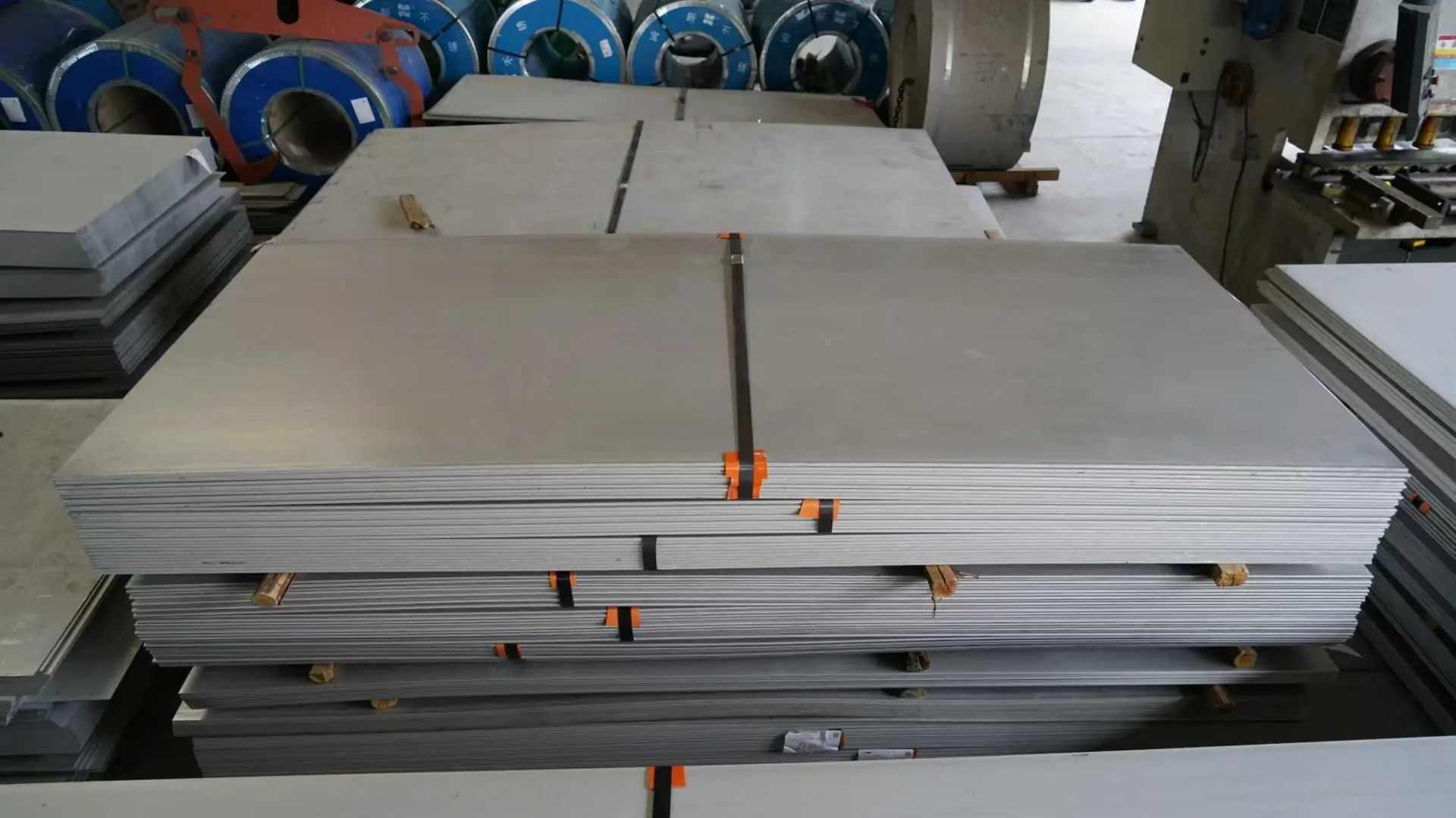
When my team and I consult with clients, we always start with a comprehensive analysis that goes far beyond the initial price tag. A successful selection hinges on a balanced assessment of several interconnected elements. Cutting corners in one area will inevitably cause problems in another. It’s about understanding the complete lifecycle of your product, from its creation to its long-term performance in the field. This detailed approach ensures you're not just buying a commodity but investing in a durable, reliable solution that strengthens your final product and your company's reputation.
Service Environment
The single most important factor is where and how the pipe or coil will be used. Will it be exposed to saltwater, harsh chemicals, or extreme temperatures? The environment dictates the necessary level of corrosion resistance. For example, a pipe for a chemical processing plant requires a much more robust grade, like a 316L or Duplex, compared to a decorative coil used indoors, where a 430 or 304 might suffice.
Mechanical Demands & Fabricability
You must consider the physical stresses the material will endure. This includes pressure ratings for pipes, and the strength needed to support loads. Equally important is how the material will be fabricated. A grade with high strength might be difficult to bend or weld, increasing production costs and time. It's a critical trade-off between in-service performance and manufacturability.
Lifecycle Cost and Sustainability
The cheapest material upfront is often the most expensive in the long run. We encourage our partners to look at the Total Cost of Ownership (TCO)[^1]. This includes the initial purchase price plus the expected costs of maintenance, repair, and potential replacement over the product's lifespan. A slightly more expensive grade that lasts twice as long offers far better value. Increasingly, sustainability is part of this equation. Choosing a durable, long-lasting, and highly recyclable material like stainless steel is a sound environmental and business decision.
| Factor | Key Consideration | Example Grade Implications |
|---|---|---|
| Environment | Exposure to chlorides, acids, temperature | 304 for general use; 316L for marine |
| Mechanical | Pressure, load, fatigue | Standard 304 for low pressure; Duplex for high strength |
| Fabrication | Welding, forming, machining | 304 is easily welded; 430 is better for forming |
| Cost | Initial price vs. Total Cost of Ownership | 430 is low cost; Duplex is high value |
Why does corrosion resistance matter in stainless steel grade selection for these applications?
Corrosion can cause catastrophic failures in pipes and coils. Ignoring it leads to safety risks and expensive replacements. Proper grade selection ensures long-term structural integrity.
Corrosion resistance is critical because it directly determines the material's lifespan and safety in its operating environment. It prevents leaks, structural failures, and product contamination, especially in chemical, marine, and food processing applications, ensuring reliability and reducing maintenance costs.
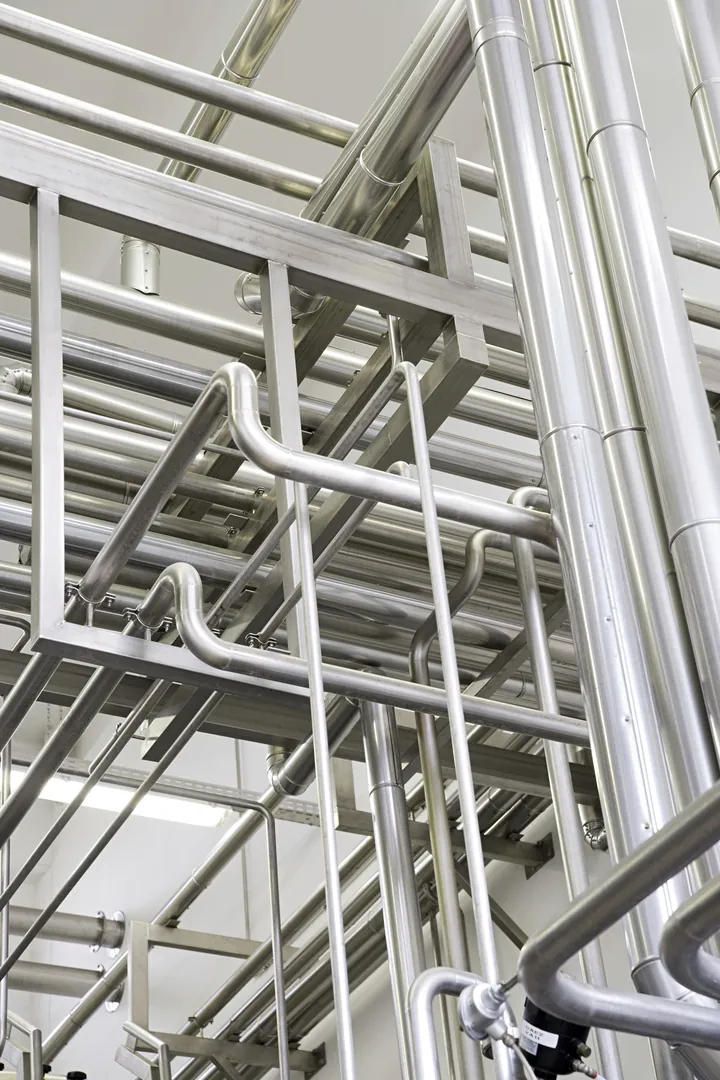
The term "stainless" can be misleading; it means the steel "stains less," not that it's impervious to everything. I remember a client in the desalination industry who initially opted for a standard grade to save costs on a piping system. Within two years, they faced significant pitting corrosion from the high-chloride environment, leading to costly downtime and a complete replacement. This experience highlights why understanding the nuances of corrosion is not an academic exercise—it's fundamental to risk management and operational continuity. Choosing the right grade from the start would have saved them millions in the long run.
Understanding PREN
The Pitting Resistance Equivalent Number (PREN)[^2] is a simple formula used to predict a stainless steel grade's resistance to pitting corrosion, particularly in chloride-rich environments. It's calculated based on the alloy's chromium, molybdenum, and nitrogen content. A higher PREN value generally indicates superior corrosion resistance. For marine or chemical applications, selecting a grade with a PREN above 32, such as Duplex 2205, is often a minimum requirement.
Common Corrosive Environments
Different applications present unique challenges. In the food and beverage industry, the concern is preventing metallic tastes and ensuring cleanability, making grades like 304L and 316L ideal. In coastal or offshore applications, the high salt content in the air and water demands the superior chloride resistance found in 316L or, for more critical systems, Duplex stainless steels[^3]. For industrial chemical plants, the specific chemicals and their concentrations will dictate whether a standard austenitic grade is sufficient or if a more specialized, high-alloy grade is necessary.
| Grade | Key Alloying Elements | Common Application Environment |
|---|---|---|
| 304/304L | 18% Cr, 8% Ni | Food processing, architectural, general use |
| 316/316L | 16% Cr, 10% Ni, 2% Mo | Marine, pharmaceutical, chemical processing |
| Duplex 2205 | 22% Cr, 5% Ni, 3% Mo | Oil & gas, desalination, chemical tanks |
| 430 | 17% Cr | Automotive trim, indoor appliances |
How do mechanical properties influence the choice of stainless steel for pipes and coils?
A material's strength might not match its forming needs. This mismatch causes production delays and defects. Matching properties to application ensures both durability and manufacturability.
Mechanical properties like tensile strength, yield strength, and ductility dictate how the steel will perform under physical stress and during fabrication. The right properties ensure the pipe or coil can withstand pressure, resist deformation, and be formed without cracking.
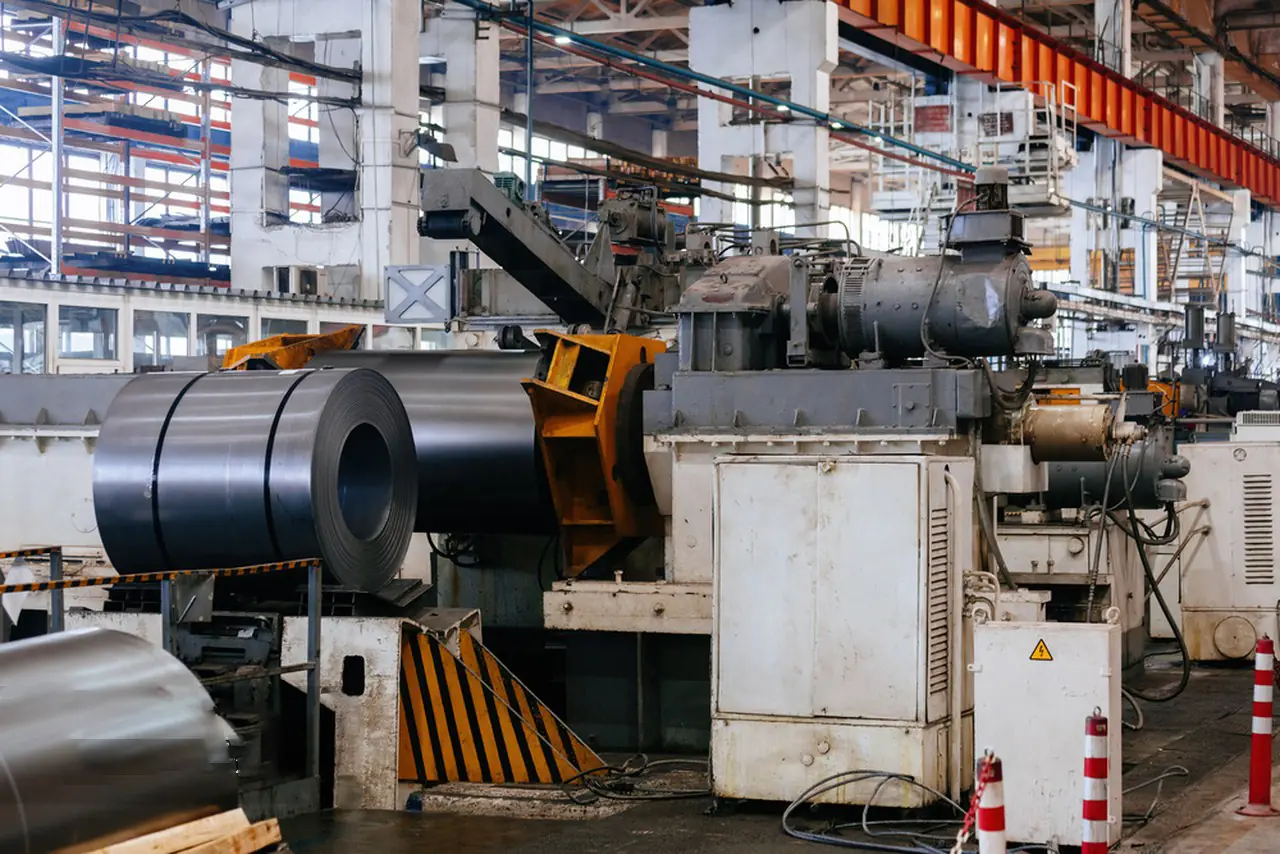
A material's datasheet is its resume. It tells you exactly how it will behave under pressure. We often work with engineering contractors designing high-pressure systems. For them, yield strength is non-negotiable; it's the point at which the material starts to permanently deform. But for a manufacturer making complex automotive parts from a coil, ductility—the ability to be stretched or bent without breaking—is the hero property. The choice of grade is therefore a direct translation of the application's physical demands into a specific set of material characteristics.
Strength and Hardness
Strength, typically measured as tensile and yield strength, determines the load-bearing capacity of the material. For pipes that will operate under high pressure, a grade with high yield strength, like a Duplex stainless steel, is essential to prevent bursting. This allows for thinner pipe walls, which can reduce both weight and cost. Hardness is the material's resistance to surface indentation and scratching, which is important for applications where aesthetic appearance and wear resistance are key.
Ductility and Formability
Ductility is a measure of how much a material can be deformed before it fractures. This is critical for coil applications where the steel will be stamped, bent, or deep-drawn into complex shapes. Austenitic grades like 304 are renowned for their excellent ductility and formability. Ferritic grades like 430 also form well but are generally less ductile. There is often a trade-off: materials with very high strength tend to have lower ductility, making them more challenging to fabricate. The key is to find the grade that offers the required in-service strength while still being workable for your manufacturing processes.
| Property | What it Means | Important For... | Common Grade Example |
|---|---|---|---|
| Yield Strength | Stress at which material deforms permanently | High-pressure pipes, structural components | Duplex 2205 (High) |
| Tensile Strength | Maximum stress before breaking | General load-bearing capacity | 304 (Good) |
| Ductility (% Elongation) | Ability to stretch/bend without fracture | Deep drawing, complex forming from coils | 304 (Excellent) |
| Hardness | Resistance to surface wear and scratching | Decorative surfaces, wear components | 430 (Moderate) |
What solutions exist for balancing cost and performance in stainless steel grade selection?
High-performance grades are expensive, while cheap options fail quickly. This budget-performance conflict is a constant challenge. The solution is a value-driven, lifecycle cost approach.
Solutions include conducting a Total Cost of Ownership (TCO) analysis, considering duplex grades for their high strength-to-cost ratio, and exploring modern ferritic grades. This shifts the focus from initial price to long-term value, maintenance, and replacement costs.

The conversation about cost is one I have every day. Too often, procurement decisions are driven solely by the per-kilogram price. I always push my partners to think like asset managers, not just buyers. The real cost of a material isn't what you pay for it today; it's what it costs you over its entire service life. By shifting the focus to long-term value, we can often justify a higher-grade material that eliminates future maintenance headaches, prevents costly downtime, and ultimately delivers a much higher return on investment.
The Total Cost of Ownership (TCO) Model
Instead of just looking at the invoice from your steel supplier, a TCO model incorporates all associated costs. This includes installation, maintenance, inspection, potential downtime due to failure, and eventual replacement. When you run these numbers, a grade like 316L might have a 20% higher initial cost than 304, but if it lasts three times as long in a mildly corrosive environment, the TCO is significantly lower. This data-driven approach removes guesswork and makes the business case for quality clear.
Exploring Value-Engineered Grades
The industry is constantly innovating. Duplex stainless steels are a perfect example of value engineering. They offer superior strength and corrosion resistance compared to standard austenitic grades, often at a competitive price point due to lower nickel content. This means you can design systems with thinner, lighter materials without sacrificing performance, creating savings on both material volume and structural support. Lean duplex and modern ferritic grades also offer compelling alternatives for specific applications.
The Sustainability Equation
A crucial, and often overlooked, aspect of cost-performance is sustainability. Choosing the right grade for maximum longevity is inherently a sustainable practice because it reduces the need for replacement and minimizes resource consumption over time. Stainless steel is also 100% recyclable without loss of quality. By selecting a grade that won’t fail prematurely, you are not only making a sound financial decision but also a responsible environmental one that aligns with modern corporate sustainability goals and enhances your brand's competitive advantage.
What are the best practices for selecting stainless steel grades for specific industrial applications?
Theoretical knowledge isn't enough for real-world applications. Misapplication leads to costly errors. Following proven practices ensures optimal results from the start.
Best practices include thoroughly defining the operating environment, consulting material standards like ASTM and EN, engaging with suppliers early, and considering the entire fabrication process. Prototyping or testing with sample materials is also highly recommended for critical applications.
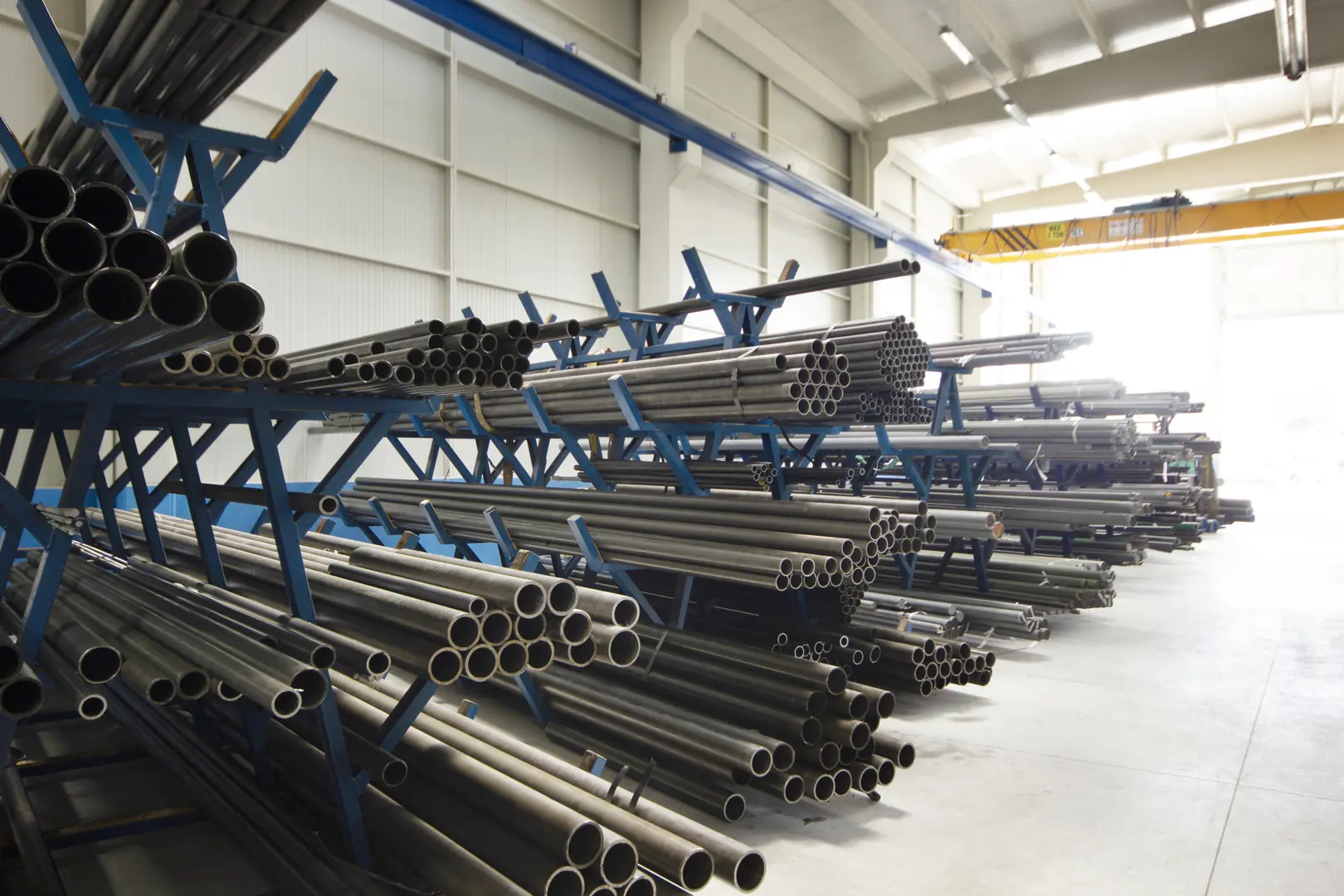
Over the years, I've developed a simple mantra: "Define, Consult, Partner." It’s a straightforward process that prevents the vast majority of material selection errors. The most successful projects I've been a part of are those where the client treats us at MFY not just as a supplier, but as a technical partner from the very beginning. When we can bring our material expertise to the table during the design phase, we can identify opportunities and flag potential issues before they become expensive problems on the factory floor or in the field.
Define Your Environment
Create a detailed specification sheet for your application. Don't just say "corrosive"; specify the chemicals, their concentrations, the operating temperature range, and the pressure requirements. The more detailed you are, the more accurate the material recommendation will be. This document becomes the foundation for your entire selection process.
Consult the Standards
Never work from memory. Always refer to international standards from organizations like ASTM, ASME, and EN. These documents provide standardized chemical compositions, mechanical properties, and testing requirements for each grade. They are the universal language of the steel industry and ensure that the material you specify is the material you receive, regardless of where it's sourced.
Partner with Your Supplier
Your material supplier should be more than just a vendor; they should be a source of expertise. Engage with them early in your design process. At MFY, our team has deep knowledge across a wide range of industries. We can provide insights into grade performance, cost trade-offs, market availability, and even suggest alternative grades you may not have considered. This collaborative approach de-risks your project and leads to a more optimized solution.
| Industry / Application | Common Challenge | Recommended Grade(s) | Justification |
|---|---|---|---|
| Food & Beverage | Hygiene, cleanability, acidic foods | 304L, 316L | Excellent corrosion resistance, smooth finish |
| Marine & Coastal | Saltwater, chloride pitting | 316L, Duplex 2205 | High molybdenum content resists chlorides |
| Chemical Processing | Aggressive chemicals, high temps | 316L, Duplex, Super Austenitic | Specialized alloys for specific chemical resistance |
| Architecture | Aesthetics, atmospheric corrosion | 304, 316, 441 | Balance of appearance, longevity, and cost |
| Automotive Exhaust | High temp, corrosion, formability | 409, 439, 304 | Good high-temperature strength and oxidation resistance |
Conclusion
Selecting the right stainless steel grade is a strategic decision. It requires a holistic analysis of the service environment, mechanical demands, fabrication processes, and total lifecycle cost. A thoughtful, data-driven approach ensures optimal performance, longevity, and a powerful competitive edge for your projects.
Have Questions or Need More Information?
Get in touch with us for personalized assistance and expert advice.
